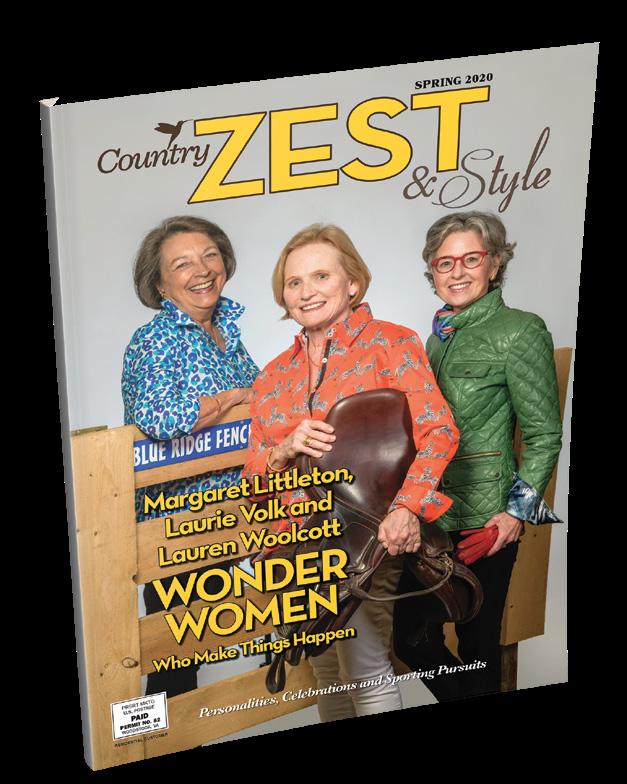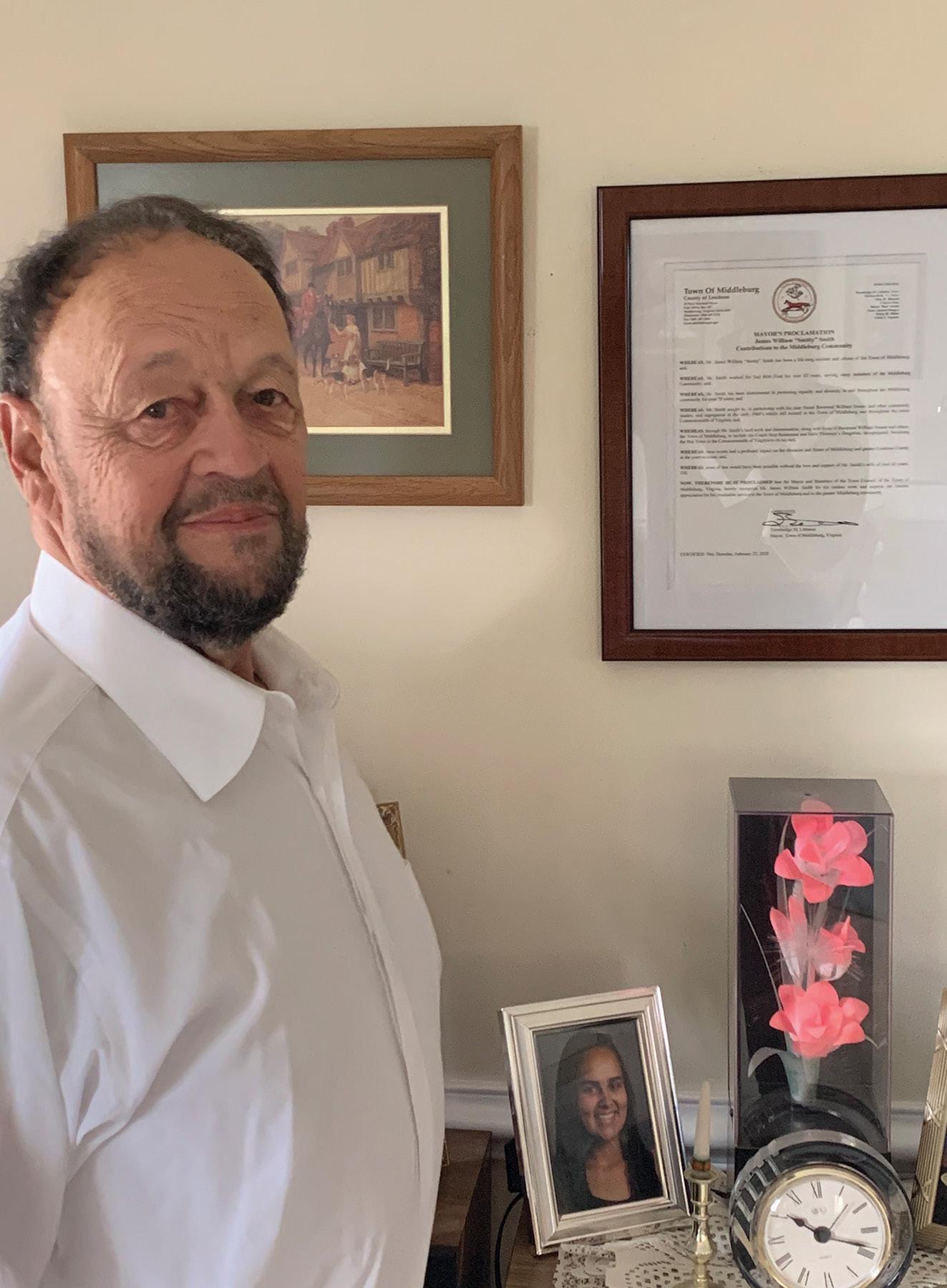
4 minute read
Two Brave Men Honored as Civil Rights Stalwarts

Photo by Emma Boyce
Photo by Emma Boyce
By Emma Boyce
Advertisement
James Smith still recalls the afternoon, nearly sixty years ago, when he walked into Bradfield’s drug store on West Washington Street.
He was just a young man then. Inside the store, he moved to find an attendant, stepping briefly on a small, black square painted on the floor. A woman stopped him and pointed to the ground: African-Americans weren’t permitted beyond the square.
“The woman said to me, you have to stand in this black square,” said Smith, now retired and in his 80s. “I told her no, I’m not standing on this square. I’m out of here and I left and I never went back.”
Too many of these shameful stories marked the struggle for equal rights. Like many of his contemporaries, Smith knows them all too well.
In 1961, not long after that incident, Lena Washington and William Jackson, head of the Loudoun chapter of the NAACP, asked Smith and three other young African-Americans, including Roger Dodson, Clarence Grayson, and Smith’s longtime neighbor, Reverend William Swann, to stage a sit-in at the lunch counters of three establishments in Middleburg.
Several others had already refused, but Dodson, Grayson, Smith and Swann agreed. Their decision was instrumental in desegregating Middleburg.
“I knew it was going to be risky because it was scary times back then,” said Smith. “But these things had to happen. Somebody had to do it and we went on and did it.”
Each establishment, including Halle Flournoy’s Middleburg Pharmacy on Madison St., had refused to take their orders. As instructed by Jackson, the group left peacefully. A few weeks later, Jackson contacted the men for a second sit-in.
President John F. Kennedy, then renting a country house, Glen-Ora, just outside Middleburg, was coming to town. This time, they would stay until they were served or cuffed.
The NAACP and the Congress of Racial Equality (CORE) had planned to send busloads of civil rights activists to Middleburg. According to local historian Eugene Scheel, Father Albert Pereira, the celebrant at the Middleburg Community Center where the Kennedys attended Catholic mass, met with town officials and restaurant owners in hopes of de-fusing the situation.
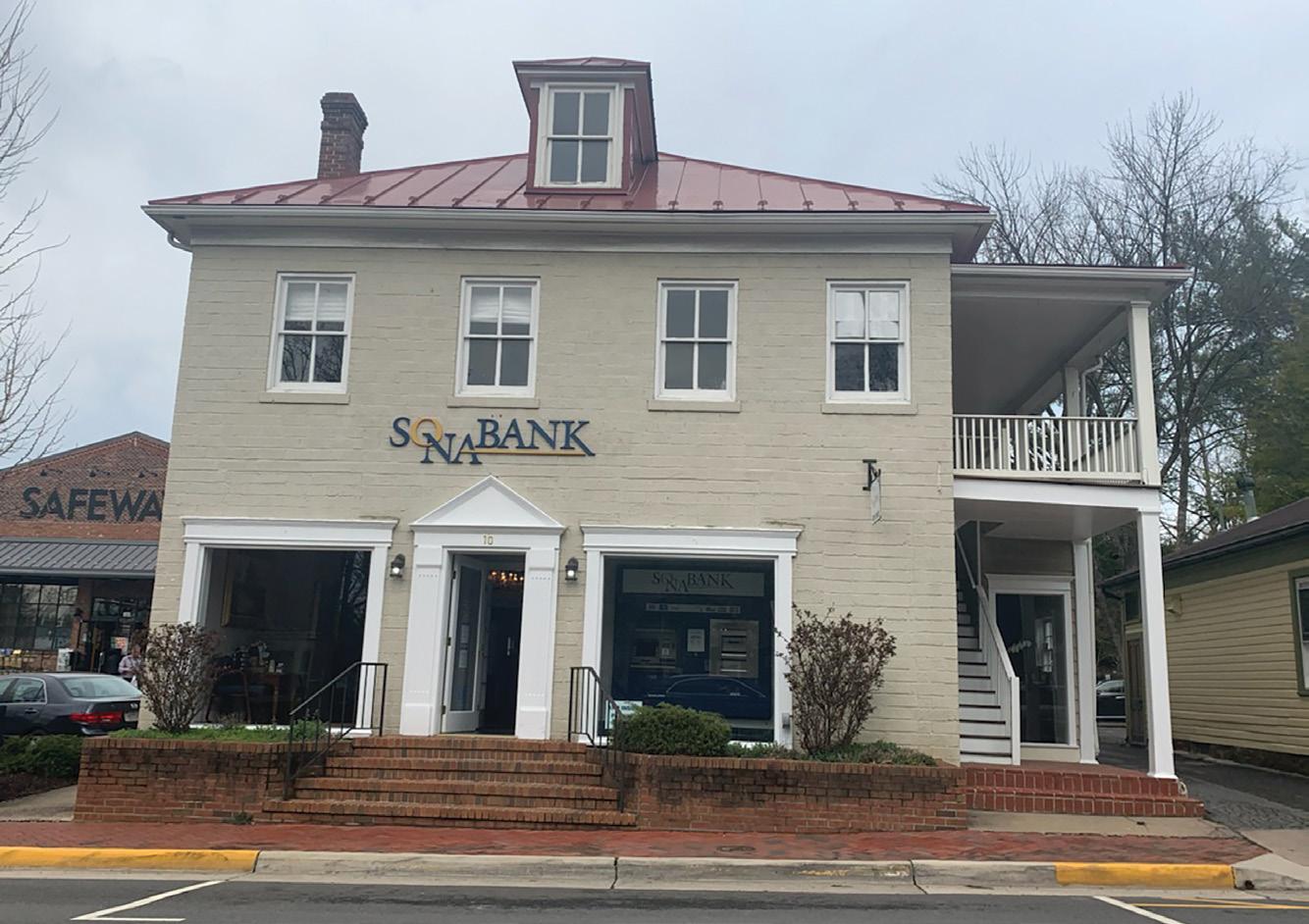
The Sona Bank, next to the Safeway, was once Bradfield’s drug store on West Washington Street.
Photo by Emma Boyce James Smith
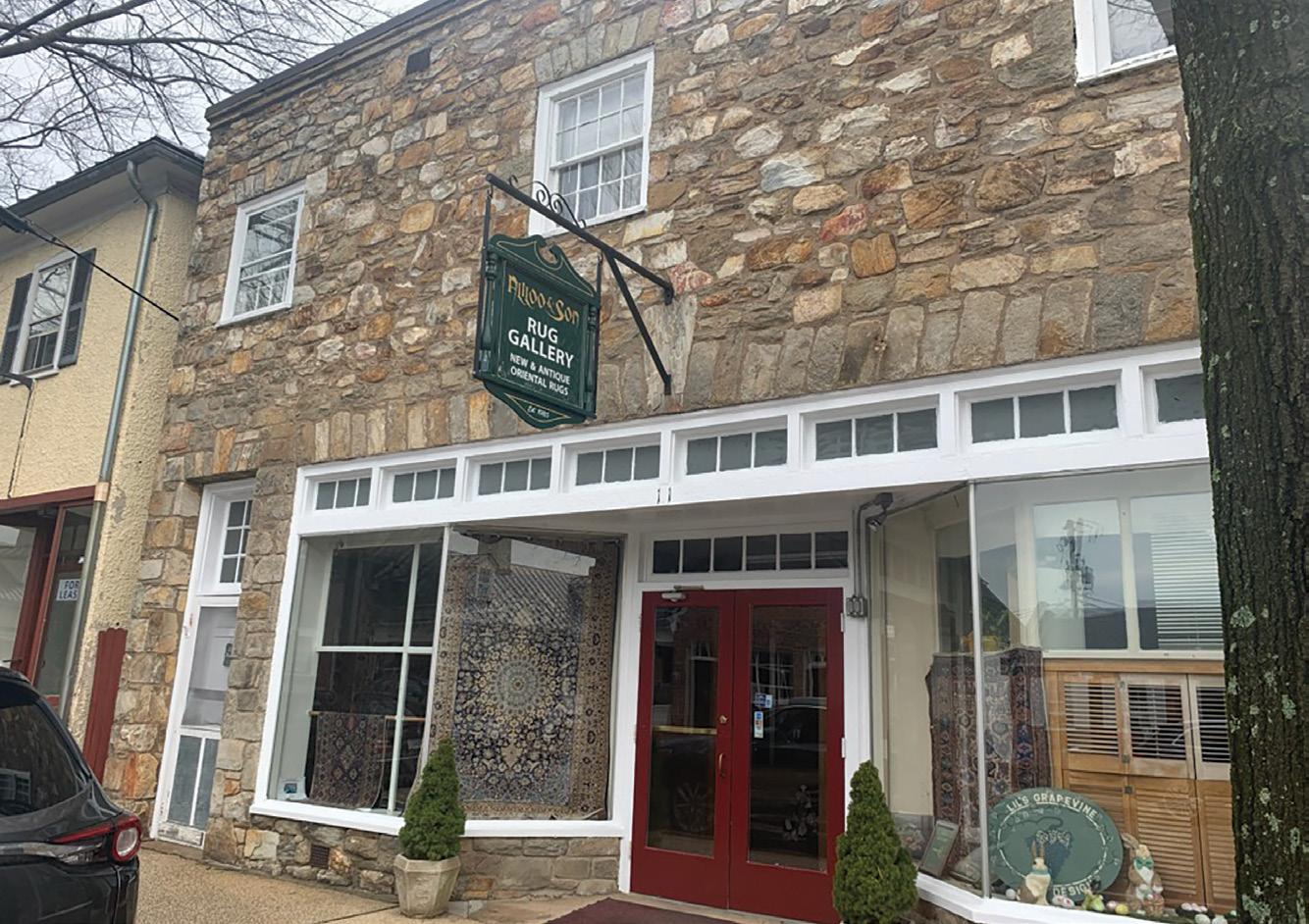
This building on South Madison Street was once the Middleburg Pharmacy.
Photo by Emma Boyce
The combination of the activists and the embarrassment of a pro-civil rights president coming to a segregated town forced the business owners to rethink their positions. That day in 1961, Smith, Swann, Dodson, and Grayson drank Cokes at the counter of Middleburg Pharmacy for the first time. Other establishments capitulated and Middleburg became desegregated.
“I wasn’t nervous, I was glad to do it,” said Rev. Swann, who for the last 37 years has served as pastor of the First Ashville Baptist Church in Marshall. “We realize now how much of an accomplishment it was.”
Afterwards, both Smith and Swann said they could feel a change in atmosphere.
“We’ve come a long ways and we have a long ways to go,” said Smith, who still remembers the dirty looks they received all those years ago. “You never know how it is until you feel it yourself. It hurt deeply.”
Father Pereira and William Jackson have long been credited with helping desegregate Middleburg. Smith, Dodson, Grayson and Rev. Swann have remained mostly anonymous in history. Now, nearly 60 years later, Middleburg Mayor Bridge Littleton recently presented Smith and Rev. Swann official town proclamations, recognizing their brave efforts. Littleton said he grew up often visiting Smith’s house as a child, but had no idea both men had been at Flournoy’s that afternoon.
“I can’t see why so many people have so much hatred in their hearts,” Smith said. “God made us all so that nobody is alike. Why the hatred against each other? God didn’t intend for that. So, we’re trying to work through it. It’s getting better, but we have a little ways to go yet.”
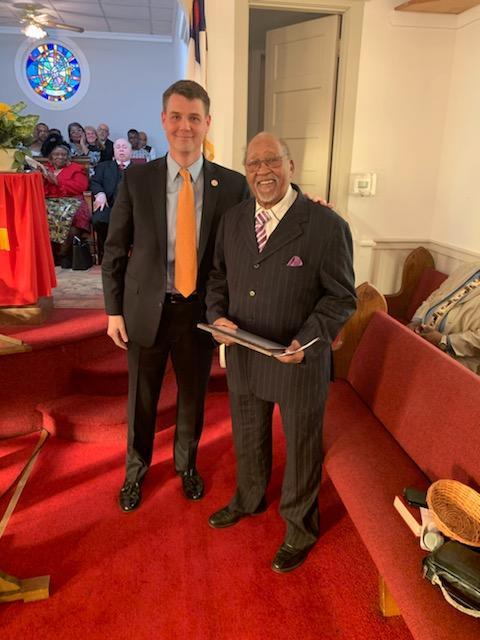
Mayor Bridge Littleton with Rev. William Swann
A Relic of Past All Bottled Up
Sometimes ideas, thoughts, names and titles just float in the air…like the name Jennifer did at one time or the current buzz phrase of “the situation is fluid.” In this case, it may have been fluid inside a bottle in the form of medicine, but it was also all about the Middleburg Pharmacy.
When Suzanne Obetz of the Middleburg Museum showed me the photo of this bottle, I called the editor of Country ZEST telling him I had a good little story. His reply? “We already have a story in the works about the Middleburg Pharmacy.” That’s a fluid situation.
So here’s the story on the medicine bottle. Not long ago, Ms. Obetz received a package with a note. “In the 1980s,” it read, “I lived on Route 831, Yellow Schoolhouse Road in Round Hill, VA. One day while I was exploring the ‘way back’ part of the basement, deep into the crawl space with dirt floor of our beautiful home, I discovered this Middleburg Pharmacy medicine bottle. It was sitting on a crossbeam in our old house; who knows why. I’ve carried it with me for years and now wonder if it could return home and become part of the Middleburg Museum. “I hope that you will enjoy it. If you don’t want it, will you please return it? Thank you.”
The bottle has found its ‘forever home.’ Thank you very much. — Vicky Moon






